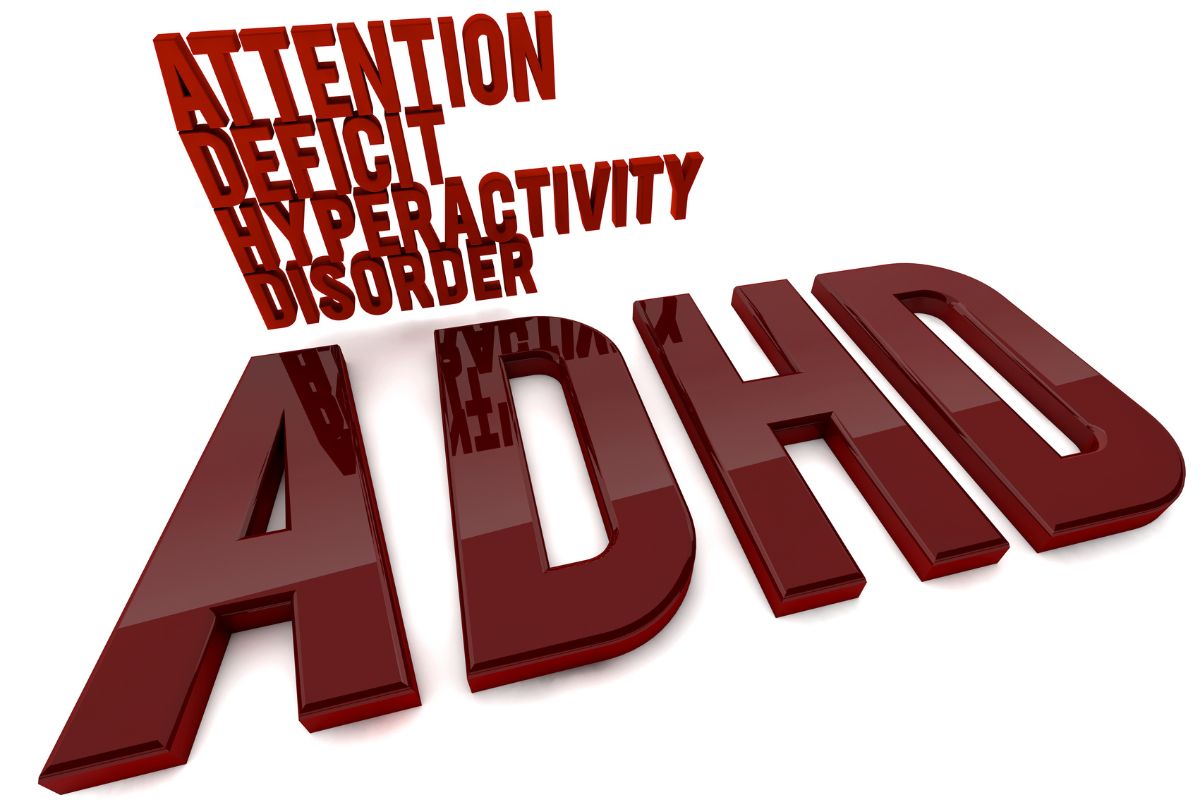ADHD Disorder
According to the available data, both uncommon and numerous common genetic variations are likely to contribute to ADHD and alter its phenotypic. Additionally, very low birth weight, premature, and adversity-exposed children tend to be more likely to have ADHD or a related phenotype.
Around 1-3% of kids have attention deficit hyperactivity disorder (ADHD). Comorbidity with a wide range of psychiatric diseases, developmental and learning issues, and both is very high. Although there isn’t a single risk factor that causes ADHD, and non-inherited variables also play a role in its genesis, the disorder is very heritable. The neurodevelopmental and neuropsychiatric outcomes that the implicated genetic and environmental risk factors seem to be linked to include more than simply ADHD.
Like other prevalent medical and mental conditions (such as schizophrenia and asthma), ADHD is influenced by a number of genes, non-inherited variables, and their interactions. 5 ADHD has multiple causes, and being exposed to a risk factor does not guarantee the development of the illness. This implies that a risk factor will only be seen in a certain percentage of cases and will also be present in healthy individuals. Additionally, risk factors that affect ADHD’s course and consequences may not always be the same as those that contribute to the disorder’s origins.
The fact that genetic and environmental factors can interact to produce indirect risk effects adds another layer of complexity. Gene-environment interactions, such as those caused by environmental pollutants or psychosocial hardship, can cause changes in susceptibility to environmental dangers. Additionally, inherited variables can affect the likelihood of being exposed to specific environmental dangers. This means that the impacts of hereditary and environmental risk factors cannot be completely separated.

Diagnosis And Symptoms
Many kids could struggle to sit still, wait their time, pay attention, not fidget, and not act impulsively. The difference between normal children and those who fulfill diagnostic criteria for ADHD is that the latter group’s symptoms of hyperactivity, impulsivity, organization, and/or inattention are markedly worse than those that would be normal for their age or stage of development. Significant discomfort as well as issues at home, at school, or work as well as in interpersonal interactions result from these symptoms. Not being able to understand tasks or directions or being disobedient are not the causes of the symptoms that have been seen.
Also Read:
ADHD comes in three primary forms:
- Predominantly inattentive presentation.
- Predominantly hyperactive/impulsive presentation.
- Combined presentation.
A diagnosis is made based on the existence of enduring symptoms that have developed over time and have been apparent over the previous six months. Although ADHD can be identified at any age, this illness first manifests in young children. The symptoms must have been bothersome in more than one setting and have been present before the person is 12 years old when the diagnosis is being made. For instance, the symptoms may appear somewhere else at home.
Adults And ADHD
Numerous kids with ADHD will continue to satisfy the criteria for the condition as they age and may manifest impairments that call for continuing therapy (Pliszka, 2007). However, occasionally a childhood ADHD diagnosis is overlooked. Many adults with ADHD are unaware that they are affected. The use of adult rating scales or checklists, a medical exam, and a review of previous and present symptoms are all common components of a thorough examination.
Adults with ADHD may receive therapy, medication, or both types of treatment. Support from close relatives, as well as behavior management techniques like measures to reduce distractions and improve structure and organization, might be beneficial.
The Rehabilitation Act of 1973 and the Americans with Disabilities Act recognize ADHD as a disability (ADA). As a result, organizations that receive federal support are not allowed to discriminate against people with disabilities. People with ADHD symptoms who are impaired at work may be eligible for reasonable work accommodations under the ADA.

